YENTSÉ
A Contemporary Researchon Timeless Beauty
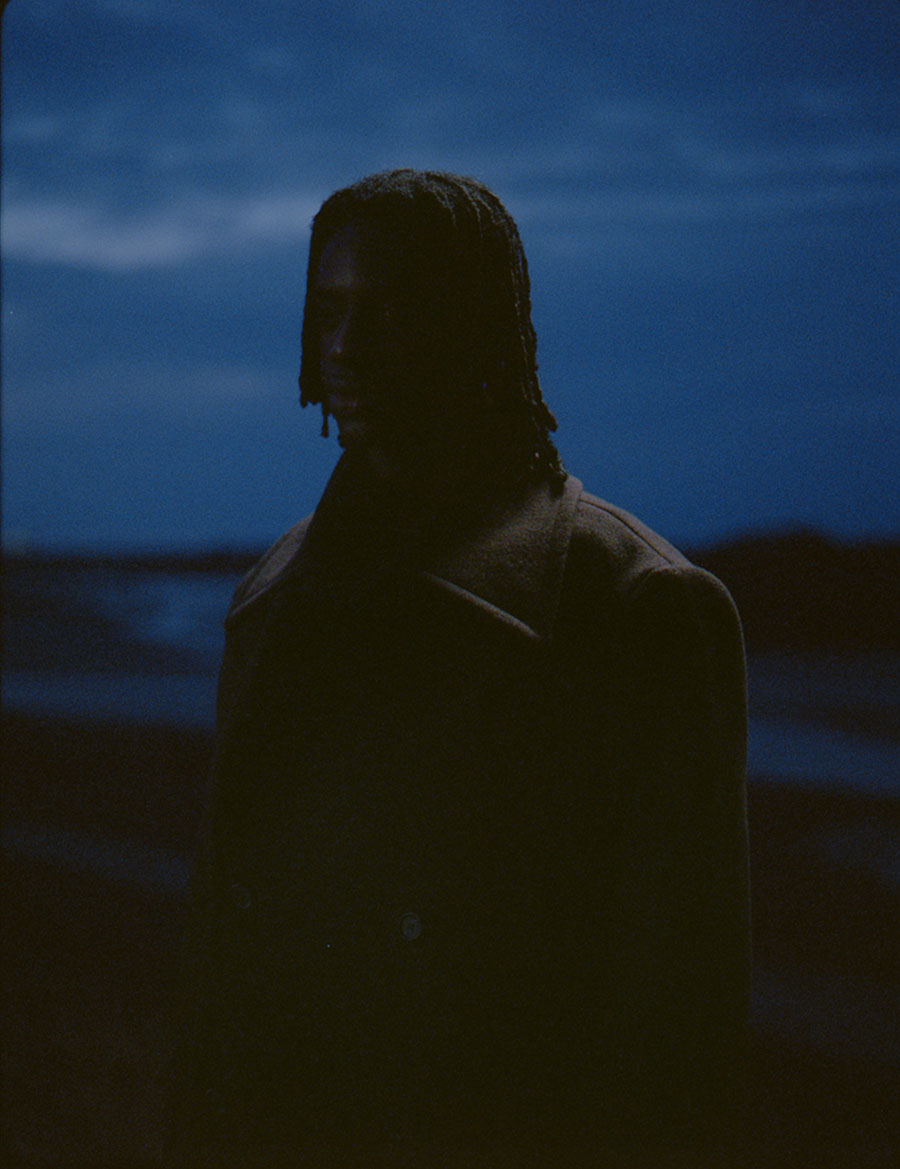
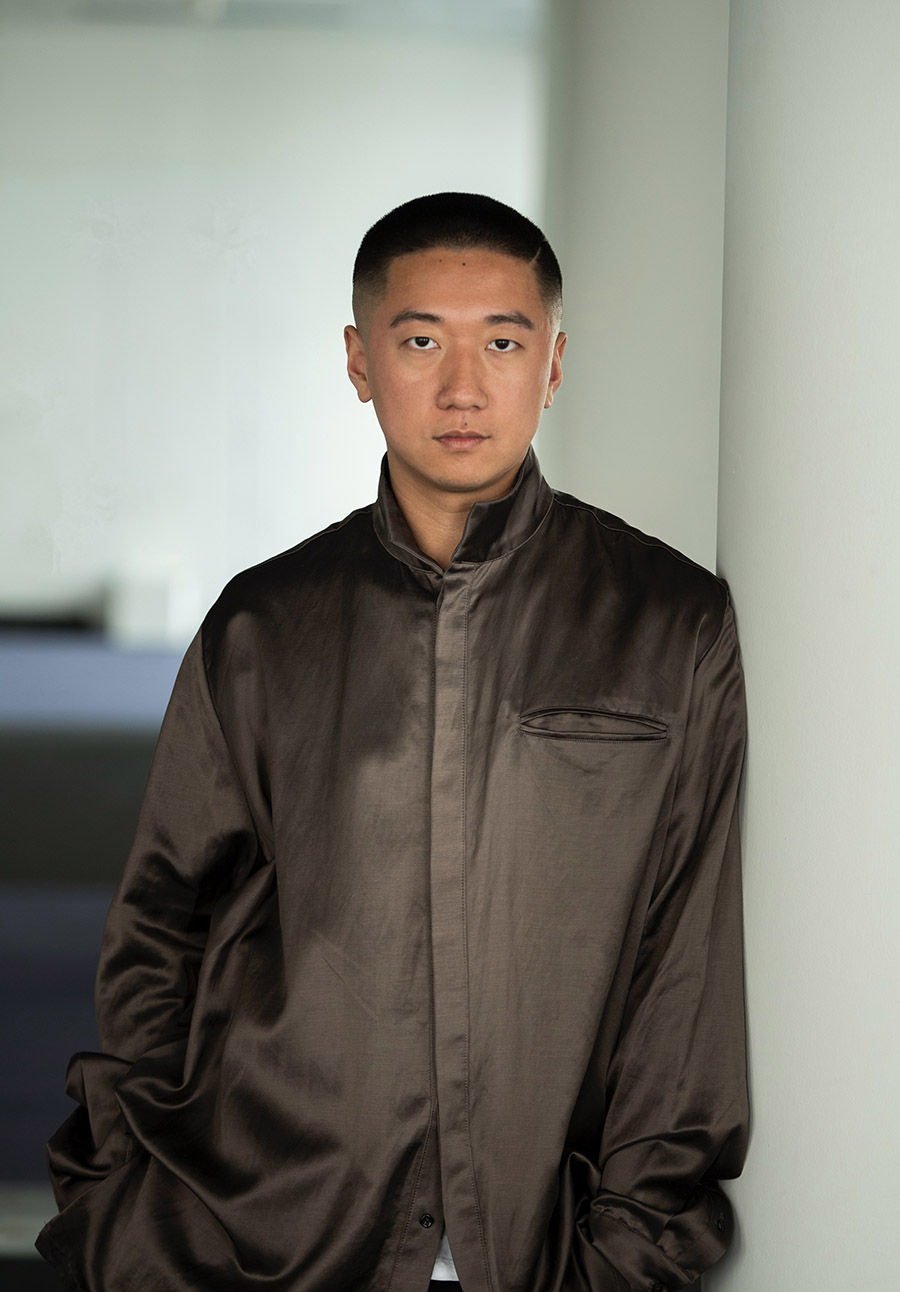
Hi, Yanze, How are you today?
I am brilliant, thank you.
Could you introduce yourself a little bit?
Sure! I am Jin Yenze, a fashion designer based in Antwerp, Belgium. I came from Xian, China. Before coming to Antwerp, I’ve studied fashion design in Wuhan Textile University in China and worked as a fashion assistant in Haaper’s Bazaar China.
When did you arrived in Antwerp, and what inspired your relocation?
I arrived in Antwerp in 2015, it has been almost eight years now. After graduating from my bachelor degree in fashion design, an idea of study abroad started to burgeon. When it comes to fashion, Europe is pretty much the place to be. So, I applied to London’s Central Saint Martins and Antwerp’s’ Royal Academy of Fine Arts. Luckily, I received offers from both, so the discretion is on me then. To attend the admission exam of Royal Academy of Fine Arts, I have to physically be in Antwerp. I took the chance to explore the city a bit, a mysterious and unknown place for me back then. I found myself quite enjoy the ambient of the city, hence I decided to accept the offer from Royal Academy of Fine Arts and moved to Antwerp later on.
According to you, what has Antwerp brought to you, and how has this city shaped you into who you are today?
Overall, my academy and life experience in Antwerp has helped me become more certain about what I want in my design. Through the solid training, I became more determined in my design direction. The research environment here is pretty liberal, you are allowed to explore the field you wanted to delve into, in the way you like it to be. Without much restriction, Antwerp provides me with more confidence and resources to research on something more underground and niche.
Also, I really like the atmosphere of the city. It’s not a massive metropolitan, but a well-developed city with elegance and chic. Because it’s not big and chaotic enough, I could really maximize my time to contemplate on my design and focus on the things I would like to do. That’s why I decided to stay here and create my own brand YENTSÉ.
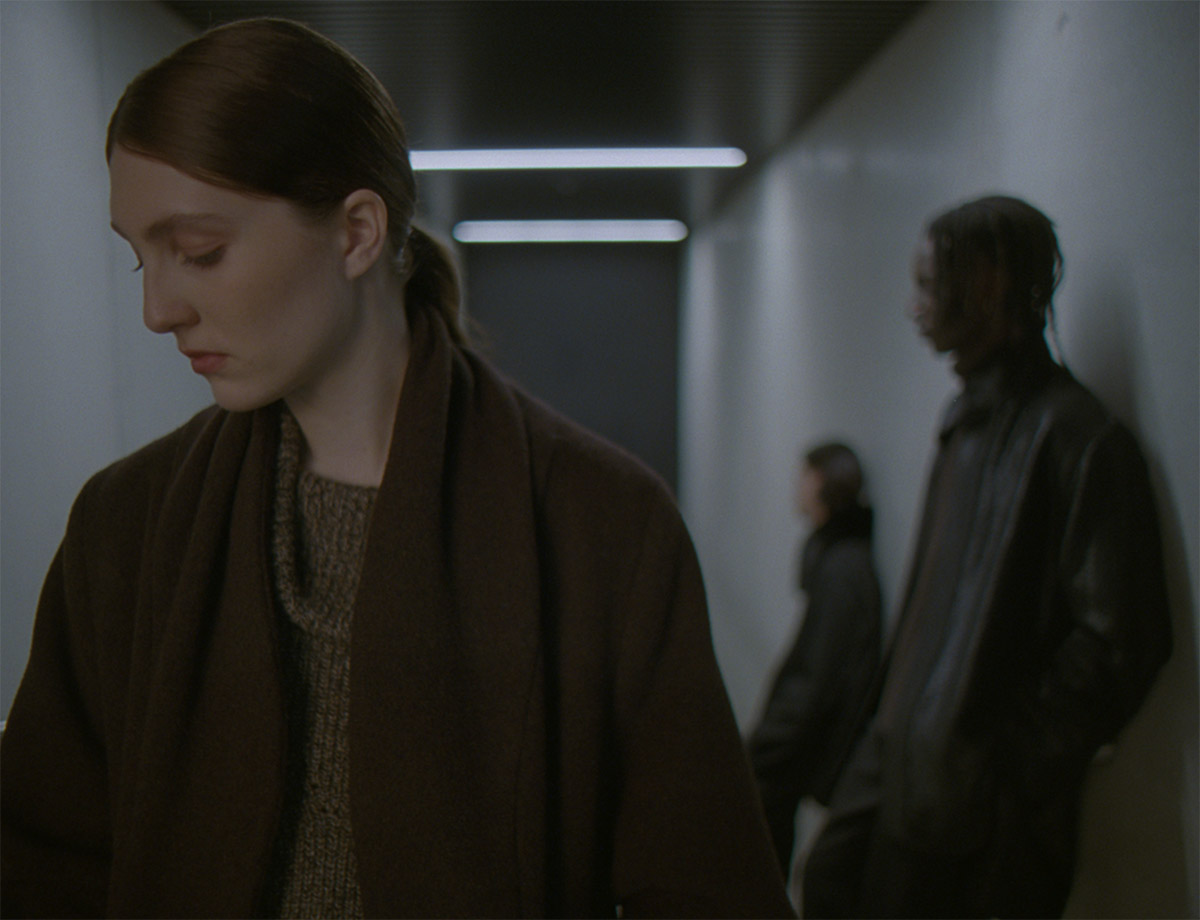
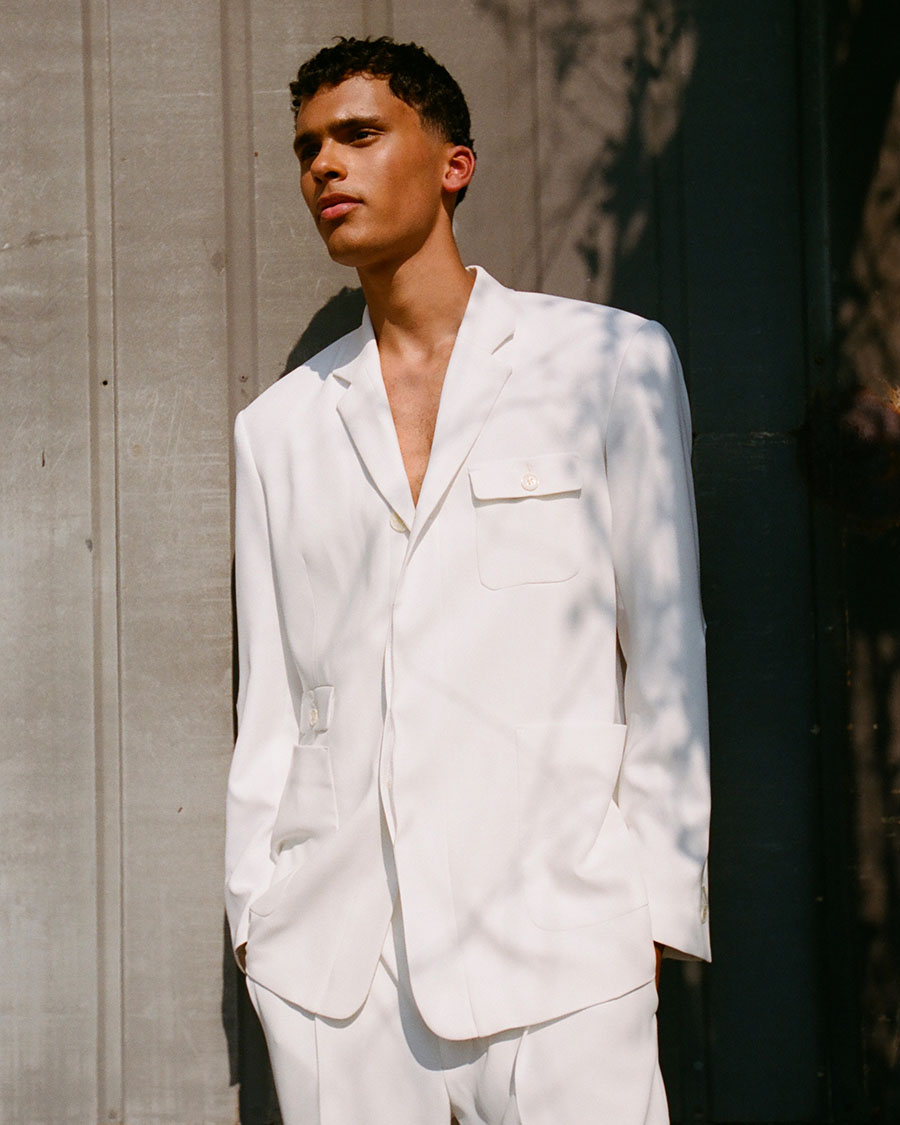
Now let’s talk about your design. First thing I am interested to know is, where do you usually get your inspiration from?
My inspiration came from various sources. Sometimes it could be a person – an artist for example – the creation background behind a particular artwork or in his or her artistic career in general. Other times, it might stem from a sentence I came across while reading, which leads me to delve deeper into a concept; or photographic works that pique my interest. Normally, my inspiration starts from a small point, and gradually develops into a concept before expanding into a more concrete and complete plan, in which I consider about the silhouette, the colors, the details and so on.
Going through your design, it seems like cut and tailoring play a big part. Would you say that these are the elements that you value the most?
I would say so! Regardless of the type of garment you design, the principle that need to be understood is the way it looks on human body. For this reason, cut and tailoring are crucial. Cut is related to patterns making, which is essential because it matters whether the clothes will fit the body. Tailoring, on the other hand, focuses on the techniques and finishing used in design. I always prefer to start with the pattern, ensuring the fit is well on the body. Afterward, I select suitable fabrics and techniques to achieve the desired finish. I hope my design looks already like an artwork when it is hanged there and is not beautiful only after it is on human body.
It seems like the importance of cut and tailoring is dwindling in recent years. What are your thoughts on this phenomenon?
This question is pretty precise, and it is exactly the situation I am facing right now – to create a clout or to stick to true craftsmanship. The designers that create top-selling “it products” nowadays have acuity in trend and acumen in marketing, but for me, their design language is somehow too direct and simple. As a person who loves clothing, I am willing to invest more time on researching the construction, silhouette and details of a garment.
Of course, from the business side, I need to design some bestsellers or “it products” that could make YENTSÉ relatable; however, I would like to take time and contemplate on how to combine my passion for research and love for craftsmanship with the intention of designing something that could create a clout.
Do you more or less have an idea on how to achieve this goal?
What I’m thinking is now is the concept of a “top-selling it product” might depend on how we interpret it. From my perspective, an “it product” for YENTSÉ could be a pair of pants or a jacket, in which the cut and tailoring techniques are something I develop after my research. This unique piece is not an ephemeral happening, not something you will throw away after a season or two, but something that could still be worn after years. Overall, it will be that piece that encapsulates the definition of YENTSÉ – “Contemporary tailoring with timeless aesthetics”.
What are the elements that catch your attention when you see a fashion design piece?
The first elements I will notice is the fabric and the color, because they are the most evident traits you can see. Then, I will observe its cut and tailoring. Finally, I will scrutinize its details, and try to understand what kind of techniques the designer has used.

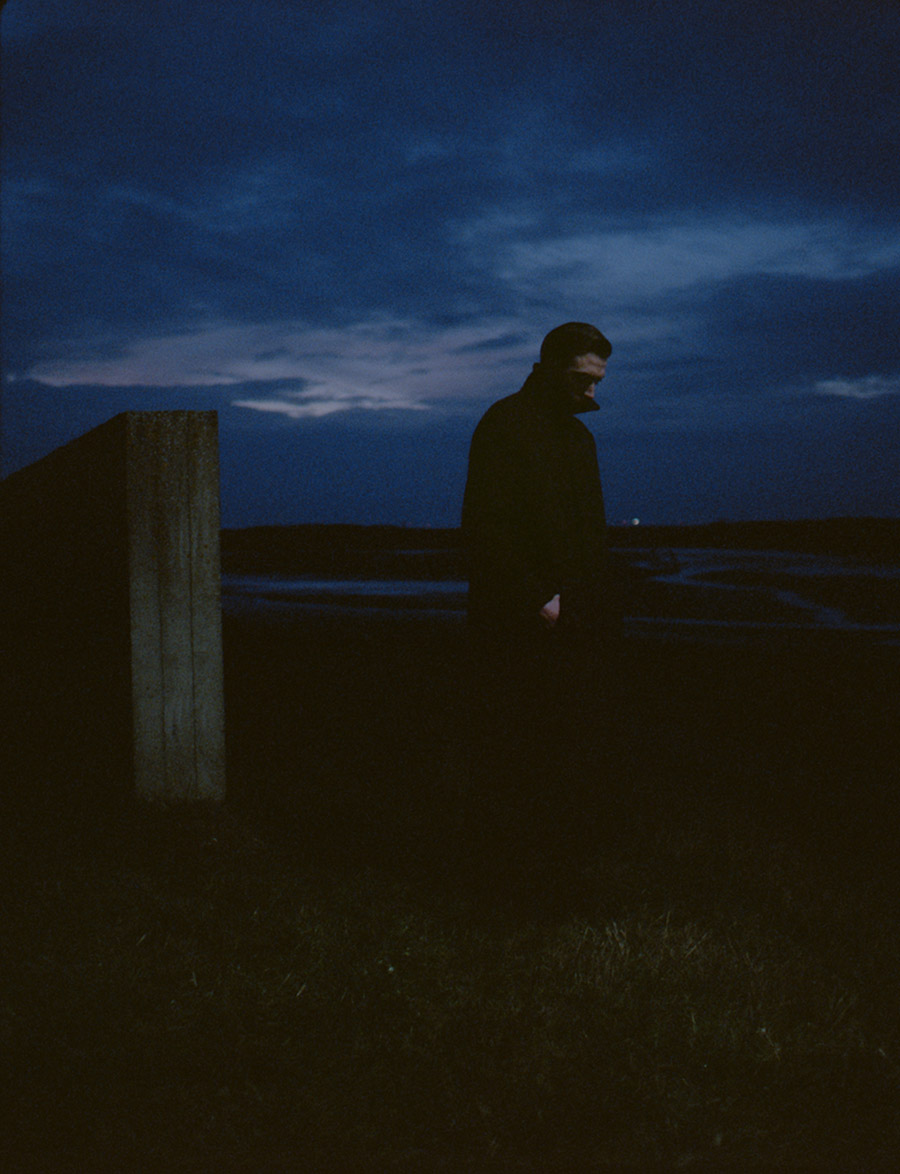
On your website, you mention about the sustainability development that you are focusing on. What are your sustainable initiatives, and are how do you practice them?
I believe that besides the topics everyone discusses, such as the use of upcycled or recycled fabrics and materials, as well as minimizing carbon footprint in logistics and shipments, there’s something more to consider. For a small and nascent brand like us, YENTSÉ has to plan every step of our sustainability practice early on. For example, we collaborate with a world-renowned brand, Scabal, on the collection and upcycle of fabric scraps and deadstock fabrics. Scabal is a London-based cloth merchant using luxury fabrics on their made-to-measure suits, and the quality of their fabrics are top-notch. For the fabric scraps, we would use them for the accessories or the details of a garment. As for the deadstock fabrics, since the amount is too limited to support the production of the whole main line, we would use them on unique pieces or for our capsule collection.
Thank you for the interesting insight! Before wrapping up our conversation, could you share with us your future plans?
We have just been represented by a showroom in Paris and have our first season – the Spring/Summer 2024 – shown in front of the buyers from all over the world. I hope that until the end of 2024, YENTSÉ will be present in more than 15 countries, and having clients in Europe, the US, South Korea, Japan, Hong Kong and even Taiwan!
Text by Yves Tsou